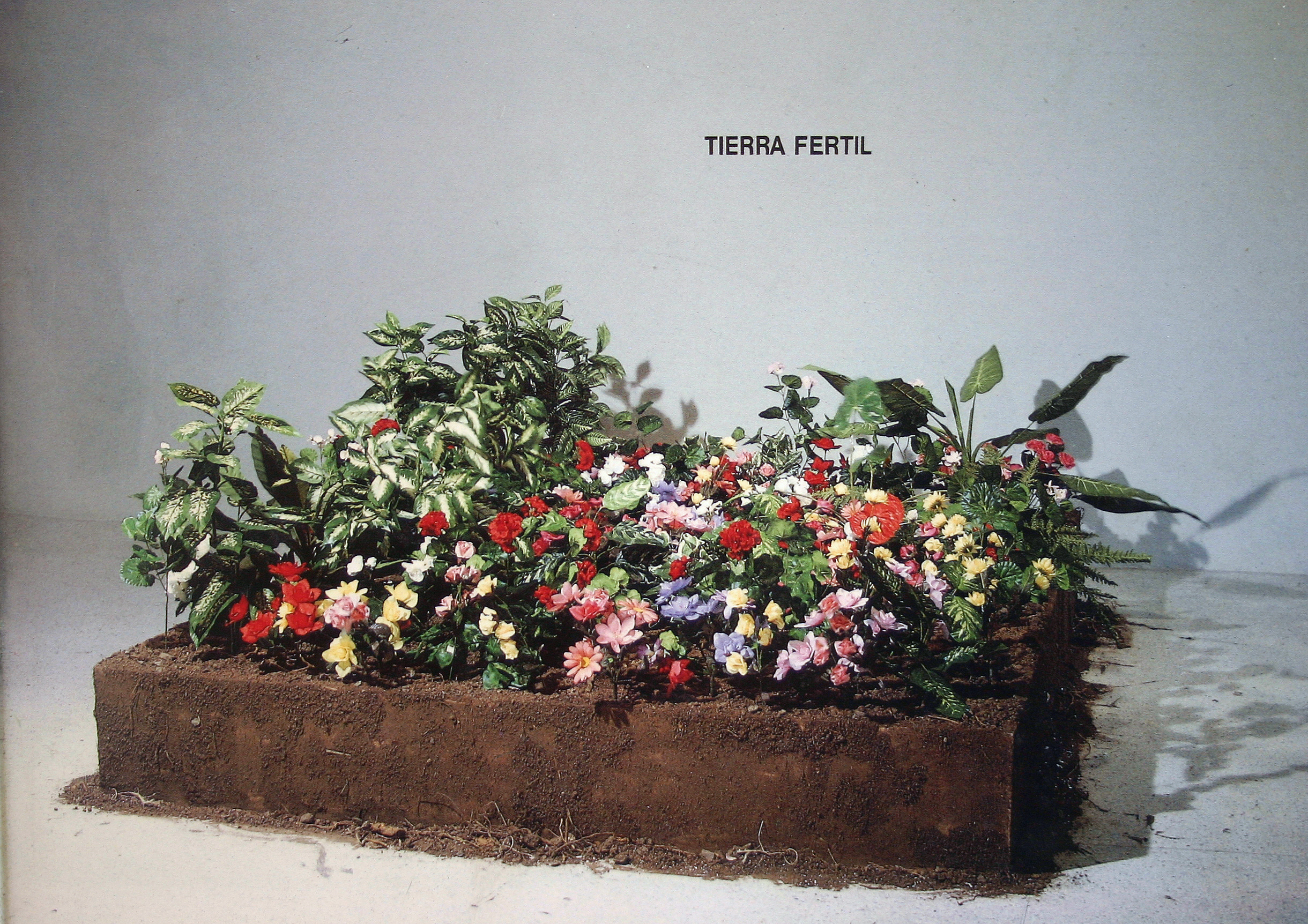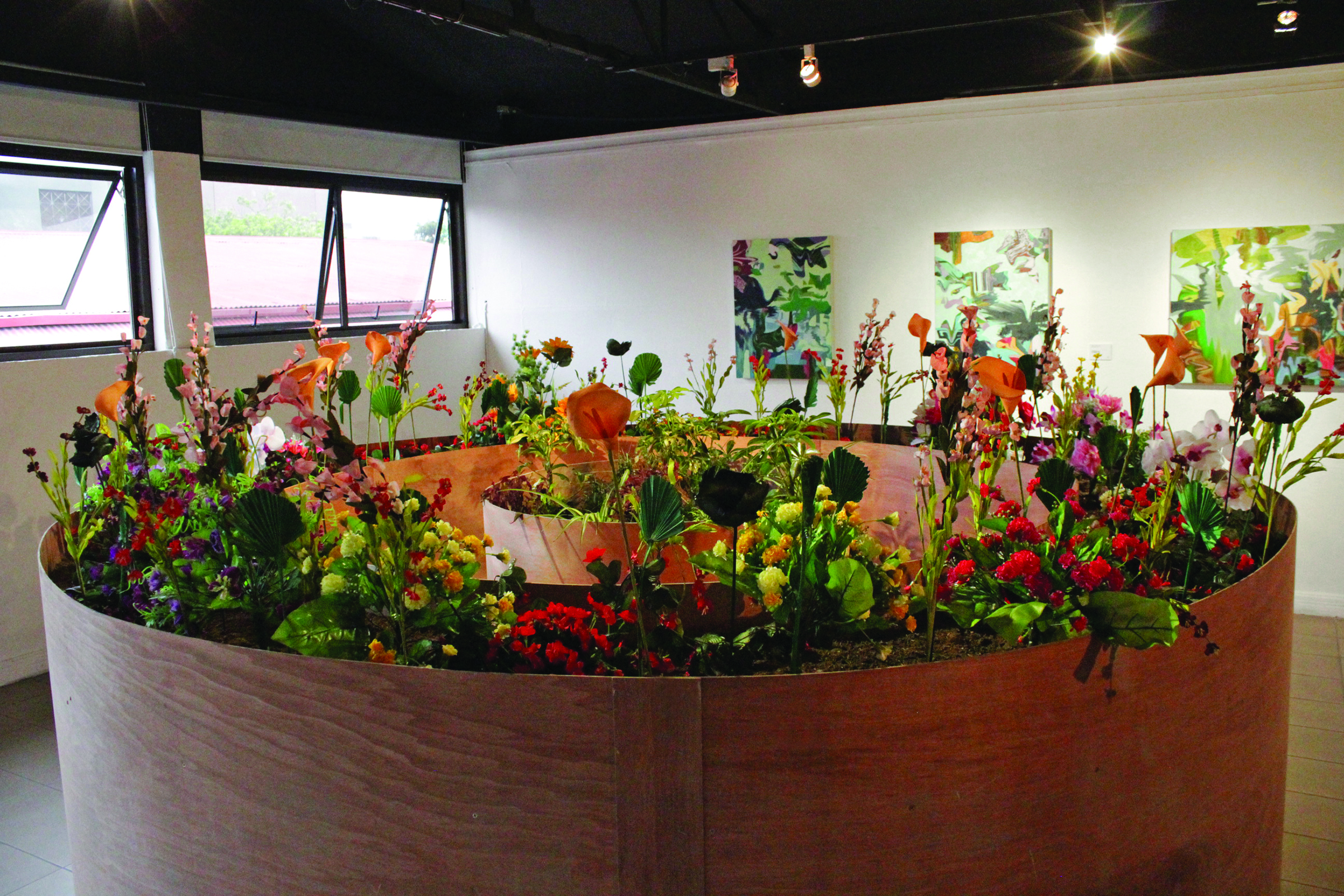After spending a few years in New York, I came back to a country that was very quickly becoming a tourist destination. Previously, Costa Rica was virtually unknown to the rest of the World.
Our biggest asset, it turned out, was not coffee or bananas. It was our natural resources: the beach and the jungles. Soon, hordes of tourists from Europe and North America started to roam the country. Hotels sprung like mushrooms on a dead tree trunk. The government rushed to create more Reserves and National Parks, or even plain “protected areas”. The magical ingredient was nature. We became a green country, at least in our advertisements and our strategies to sell our country as an ecological destination.
It all looked fake: National Parks and Reserves were more like pockets of nature surrounded by pineapple plantations, cattle land, golf courses, and roads. The “natural” was artificially preserved, while the “artificial” seemed more real.
These “sculptures” are made of soil and both natural and artificial plants. They aspire to raise questions such as: what’s natural? what’s artificial? do we care?.
“Tierra Fértil” is a solid box of earth in which artificial silk flowers were planted, and on top of it, a fan was hidden between the ceiling. This caused the flowers to move, giving them the appearance of being alive when in reality all those flowers were fake.
Evolution/Post Natural is the continuation of Tierra Fértil. This work is comprised of 2 wooden rings made out of tall planters. The outer perimeter is planted with plastic flowers, and the inner perimeter is planted with real flowers; so they need water to survive. The inner ring (real flowers) is inaccessible because the outer ring (fake flowers) makes it impossible to access it for maintenance. Once the exhibition starts, the real flowers are stopped being taken care of, and, as time passes, the real flowers wither and slowly “die”, while those in the outer ring look pretty all the way through because they are made out of plastic, even though they are also technically “dead”.
The work plants the paradox that reality will never be as beautiful and permanent as artifice.






